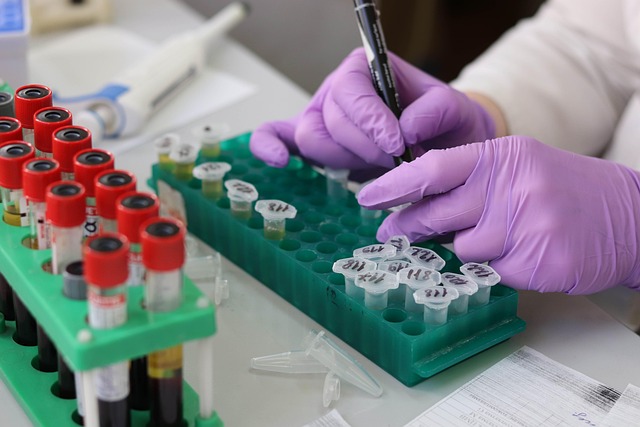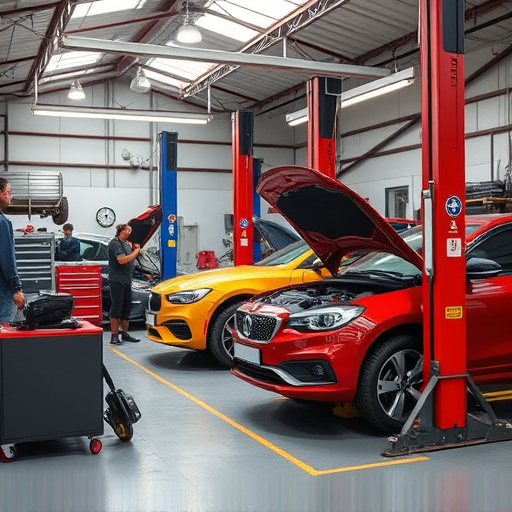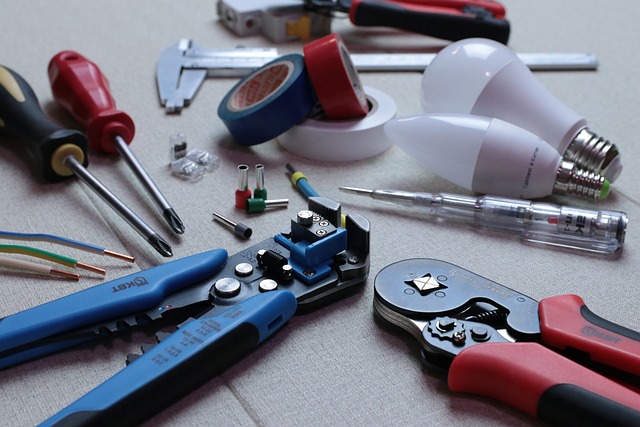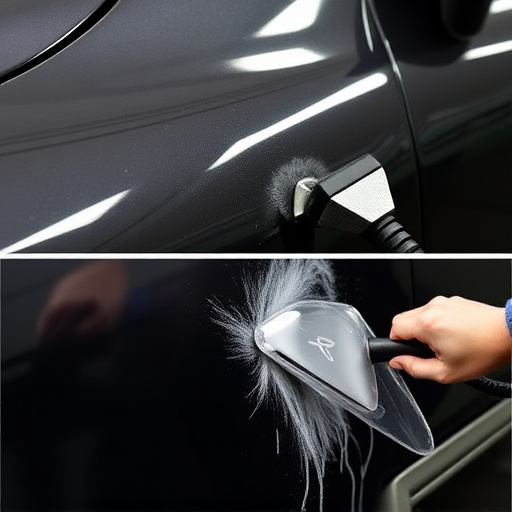The Mercedes High-Voltage Disconnect (HVD) is a vital safety feature for isolating high-voltage systems, preventing fires and hazards. Understanding and correctly performing HVD, including continuity testing with multimeters, is crucial for repair technicians to maintain Mercedes' safety standards and ensure reliable vehicle performance after repairs like paint services or cosmetic enhancements.
“Uncover the essential process of performing a Mercedes high-voltage disconnect, a critical maintenance step for ensuring optimal vehicle performance and safety. This comprehensive guide breaks down the procedure step-by-step, from understanding the high-voltage system to post-disconnect test verification.
Learn the intricate details of this game-changing technique, which not only revolutionizes electrical maintenance but also guarantees your Mercedes’ longevity and reliability.”
- Understanding Mercedes High-Voltage Disconnect
- Steps for Effective Disconnect Procedure
- Verifying Continuity Post-Disconnect Test
Understanding Mercedes High-Voltage Disconnect

Mercedes High-Voltage Disconnect is a critical safety mechanism designed to isolate and disconnect high-voltage systems in vehicles, particularly in models from Mercedes-Benz. This feature plays a pivotal role in preventing electrical fires and other hazards associated with high-voltage components, such as batteries and electric motors. By effectively separating these systems during certain maintenance or repair procedures, it allows technicians to work safely without the risk of sudden energy discharge.
Understanding this disconnect system is essential for both car restoration experts and those offering car repair services. It ensures that proper protocols are followed, adhering to Mercedes’ stringent safety standards. Moreover, knowing how to verify continuity after the disconnect—a process often involving specialized tests—is crucial for ensuring the reliability and performance of a vehicle post-repair, including any required car paint services or other cosmetic enhancements.
Steps for Effective Disconnect Procedure

Performing a Mercedes high-voltage disconnect requires a systematic approach to ensure safety and accuracy. Begin by locating the specific high-voltage component on the vehicle, typically identifiable by its distinctive markings or labels. Next, gather all necessary tools, including insulated gloves and safety goggles, to protect against potential electrical hazards. Once prepared, isolate the component from the power source by following the manufacturer’s guidelines, ensuring a secure disconnect.
After successfully disconnecting, verify the isolation through a continuity test using a multimeter. This step is crucial in identifying any unintended power pathways that could cause damage or harm during subsequent repair procedures. With accurate verification, technicians can proceed with confidence, knowing they’ve effectively cut off high-voltage flow, making way for safe and efficient car bodywork repairs, even when dealing with complex systems like those found in modern vehicles dent repair shops rely on to stay competitive.
Verifying Continuity Post-Disconnect Test

After successfully performing a Mercedes high-voltage disconnect, the next crucial step is to verify continuity to ensure that all electrical connections are intact and functioning correctly. This process involves checking the resistance between specific points in the circuit to confirm that there are no breaks or short circuits. By using specialized tools, such as multi-meters, technicians can accurately measure continuity, ensuring that the vehicle’s high-voltage system operates safely and efficiently.
A proper continuity test post-disconnect is vital for identifying any potential issues within the automotive body work. Even a small scratch repair or damage to insulation in a vehicle body shop could disrupt electrical pathways. Therefore, this verification step is essential to guarantee the reliability of Mercedes high-voltage systems, ensuring they perform optimally and safely on the road.
Mercedes high-voltage disconnect procedures, when followed accurately, ensure the safety and efficiency of electrical systems. By understanding the process and verifying continuity post-test, technicians can guarantee optimal performance and reliability in electric vehicle maintenance. This meticulous approach to Mercedes high-voltage disconnect is a game-changer for ensuring the longevity of these advanced automotive technologies.














